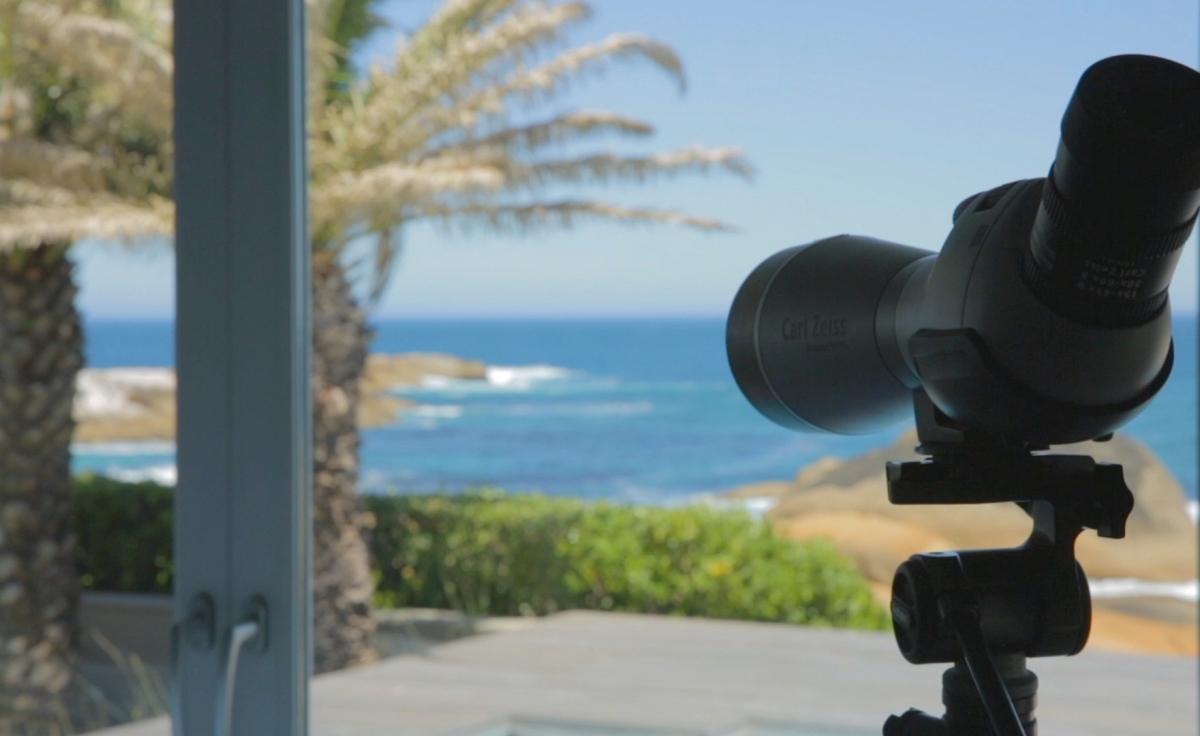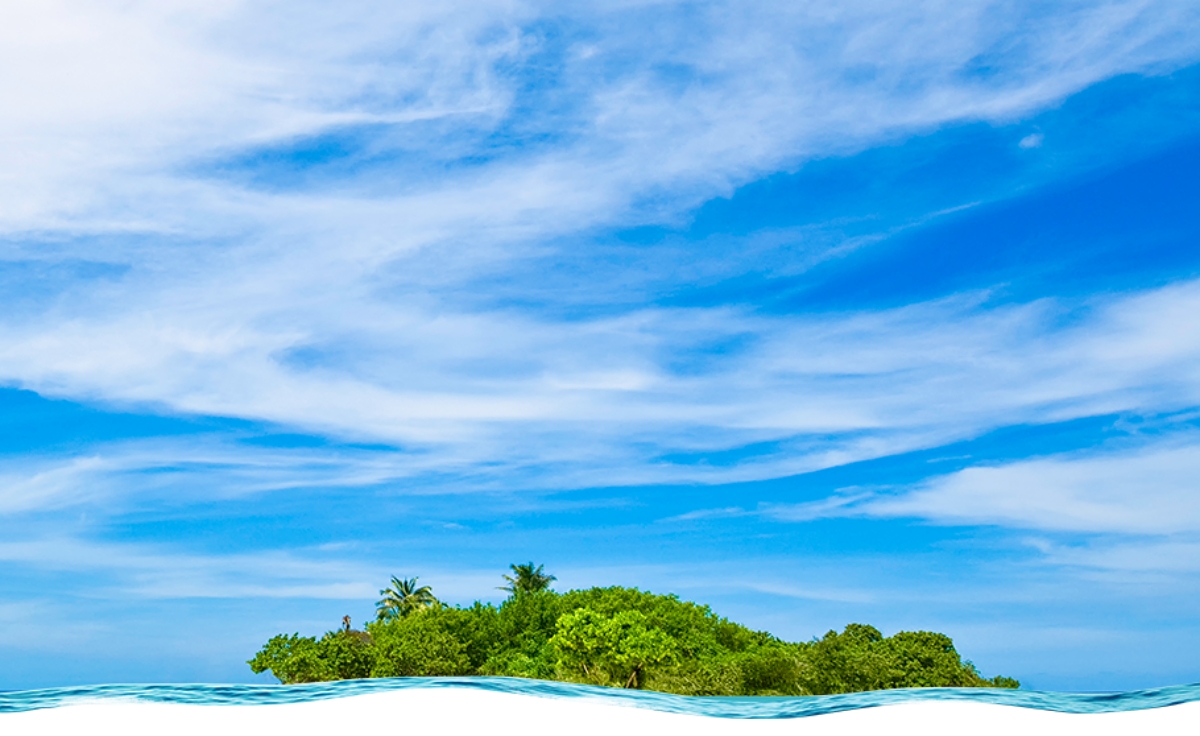
Sun protection
Sustainable sunscreen – a challenge
It is so important, yet remains the subject of heated discussion: sunscreen. In fact, sun protection in general is facing major challenges. The issue of environmental protection is one of them.
For manufacturers of sunscreens and suppliers of UV filters, it has long been more than “just” the performance of their product that matters. There’s no question that protection against UV rays, along with protection against skin cancer, DNA damage and premature skin aging, is still hugely important. But the demands on products, whether due to customer requests or regulatory processes, have increased enormously in recent years.
In general, cosmetic chemical ingredients are viewed, discussed and evaluated critically. Sunscreens are subject to particular scrutiny. The focus is primarily on two aspects. On the one hand, it is a means of providing safety for the people who apply sunscreen. On the other hand, there is the desire for environmental compatibility. In this context, we briefly want to mention the topic of biodegradability, which is constantly growing in importance, because sunscreens are among the consumer goods in the cosmetics industry that can have a direct impact on aquatic life owing to their use in this environment.
But just because a product consists of “green” ingredients, i.e. contains a lot of natural raw materials, it doesn’t necessarily have zero impact on the environment. To understand the environmental impact of a sunscreen product, it is important to consider the system as a whole. Most commercially available sunscreen is based on oil-in-water or water-in-oil emulsions, various ingredients and a combination of different UV filters.
Some UV filters, specifically the inorganic ones, are advertised as natural, even though they are not. These inorganic filters are not only chemically manufactured, but are usually chemically treated in other ways so they can be used in cosmetics. Some undergo a coating process, an additional chemical step whereby these filters are coated in other substances. The coating only remains on the inorganic particle for a short time in an aqueous environment, potentially revealing the environmentally hazardous properties of the inorganic core.
EcoSun Pass provides holistic assessment
The environmental footprint, or the marks a product leaves behind, is the benchmark here. BASF Personal Care has developed the EcoSun Pass for this purpose. This tool enables a holistic assessment of the environmental properties of UV filters and UV filter combinations in general.
For the consideration of the environmental impact, several internationally recognized scientific criteria play a role. These consider the environmental persistence (bioaccumulation and biodegradation) as well as ecotoxicity (the remaining criteria). The EcoSun Pass takes the following parameters into account:
- Bioaccumulation
- Log Pow (octanol-water partition coefficient) – part of the bioaccumulation assessment
- Biodegradation
- Toxicity to terrestrial (land-dwelling) organisms
- Toxicity to sedimentary organisms
- Acute toxicity to aquatic organisms
- Chronic toxicity to aquatic organisms
In addition to the above criteria, attention is paid to the endocrine effect, i.e. the parameter of hormonal activity.
It is sustainable to preserve the natural foundations of life and to promote the economy through greater environmental protection and innovative technologies, while at the same time ensuring prosperity and social progress.-
Bundestag.de
The search for a 100% sustainable sunscreen is a Herculean task. It is important to look at the actual functionality of the UV filters. UV filters are there to absorb UV light. This requires sufficient photostability, as they should and must remain intact under sunlight to ensure skin protection.
Photostability is also essential to ensure that no undesirable reactions between photodegradation products and the skin occur, and no formulation components are effectively changed. Water resistance is an important issue. When sweating or swimming in the pool, lake or sea, we want the sunscreen to stay on our skin. These are all things that make a good UV filter.
A Herculean task
Now, if we change our perspective and look at everything through the lens of environmental protection, we notice: the requirements and desired functional properties of an effective UV filter are not actually compatible with parameters such as rapid biodegradation or low environmental toxicity.
How do I know it is a good UV filter?
Not every UV filter is the same. When a UV filter has really good protection, it must be especially effective in both the UVA and UVB range. Besides photostability, combatibility also plays a role.
UV filters with a high molecular weight and very low water solubility are usually not bioavailable, which means low bioaccumulation potential and low environmental toxicity. On the other hand, the lack of bioavailability also limits the possibility of biodegradation. In contrast, smaller, usually older UV filters are quite bioavailable and show one or two other effects, especially in long-term tests with aquatic organisms.
From an environmental point of view, what we need to do now is invest the best of both worlds in the development of newer and even more contemporary UV filters. As we said, a Herculean task. There still seems to be a thin line between sun protection and environmental compatibility, but we are on a good and promising path.
BASF as a pioneer
As early as the mid-19th century, BASF founder Friedrich Engelhorn wanted to explore the efficient use of raw materials. His vision: waste from production should not be disposed of, but reused as raw materials for other processes and products. The result was an interconnected system that was unique at the time.
However, the search for and launch of a new, safe and high-performance UV filter is a marathon, not a sprint. For example, it takes at least ten years before a new filter can be launched on the market. Research, development, approvals and setting up production are necessary steps that simply take time.
But even these “hurdles” are not preventing BASF Personal Care from continuing its innovative work to keep introducing highly efficient UV filters and sustainable solutions in the future. Our colleagues from our Competence Center for Sun Protection in Grenzach are tackling this Herculean task and the challenge of finding sustainable UV filters. Always with a close eye on human AND environmental safety.
More information
Our EcoSun Pass
We provide our customers with a tool to check their UV filter systems according to the latest scientific findings.
More informationIn demand in Grenzach
Effects of sunscreens and their UV filters on the environment What is the current state of play?
The interviewSafety is a top priority
Are sunscreen products using nanofilters safe for consumers? Why are there so many preconceptions against it?
More information



